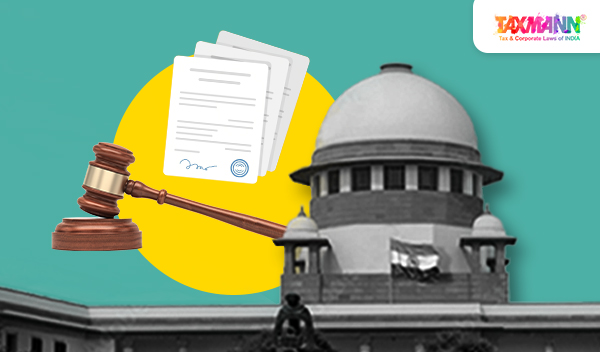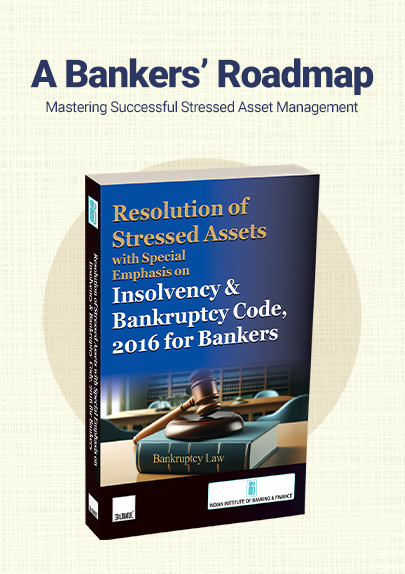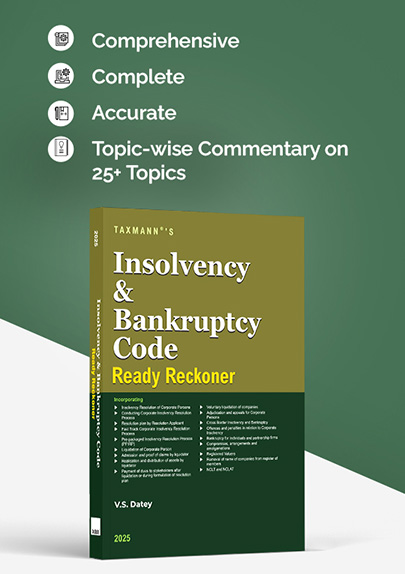Appeal u/s 17 of SARFAESI Before Action u/s 13(4) is Premature & Suit for Injunction Before Civil Court is Maintainable | HC
- Blog|News|FEMA & Banking|
- 2 Min Read
- By Taxmann
- |
- Last Updated on 12 March, 2025
Case Details: Sandeep Goenka v. Yes Bank Ltd. - [2025] 172 taxmann.com 71 (HC-Calcutta)
Judiciary and Counsel Details
- Sabyasachi Bhattacharyya & Uday Kumar, JJ.
-
Pratyush Patwari & Arun Tanti, for the Petitioner.
-
Sayak Ranjan Ganguly, Ms Srijani Ghosh & Ms Indrani Majumdar for the Respondent.
Facts of the Case
In the instant case, the appellant and his brother jointly applied for a loan/credit facility from the respondent bank and the share of the suit property was offered as security for the loan. A notice under section 13(2) of the SARFAESI Act, 2002 was received by the appellant and a suit was filed in the Trial Court.
The Trial judge vide the impugned order refused an ad interim prayer of injunction made by the appellant in a suit for declaration that the appellant was having ownership right in suit property and for restraining respondent from alienating and/or creating any third-party interest in respect of his right in the said property.
It was noted that when the suit was filed and ad interim prayer of injunction was moved, no notice under section 13(2) of the Act was served on the appellant by the bank.
High Court Held
The High Court observed that the appellant had no right to approach the Tribunal under section 17 of the Act before any measure was taken by bank under section 13(4), such an approach would be premature and, hence, suit and prayer for injunction were maintainable before the Civil Court.
The High Court held that the Trial Judge erred in law in refusing ad interim injunction without assigning any reason and/or adverting to materials on record and by overlooking salient features of the case and moot questions involved.
Further, the High Court held that since the plaintiff/appellant had met all the relevant yardsticks and parameters entitling him to grant of ad interim injunction as prayed for, the respondent bank was to be restrained by an order of ad interim injunction.
List of Cases Reviewed
- Central Bank of India and Another v. Smt. Prabha Jain and Others [Civil Appeal No.1876 of 2016], (para 31), followed.
Disclaimer: The content/information published on the website is only for general information of the user and shall not be construed as legal advice. While the Taxmann has exercised reasonable efforts to ensure the veracity of information/content published, Taxmann shall be under no liability in any manner whatsoever for incorrect information, if any.

Taxmann Publications has a dedicated in-house Research & Editorial Team. This team consists of a team of Chartered Accountants, Company Secretaries, and Lawyers. This team works under the guidance and supervision of editor-in-chief Mr Rakesh Bhargava.
The Research and Editorial Team is responsible for developing reliable and accurate content for the readers. The team follows the six-sigma approach to achieve the benchmark of zero error in its publications and research platforms. The team ensures that the following publication guidelines are thoroughly followed while developing the content:
- The statutory material is obtained only from the authorized and reliable sources
- All the latest developments in the judicial and legislative fields are covered
- Prepare the analytical write-ups on current, controversial, and important issues to help the readers to understand the concept and its implications
- Every content published by Taxmann is complete, accurate and lucid
- All evidence-based statements are supported with proper reference to Section, Circular No., Notification No. or citations
- The golden rules of grammar, style and consistency are thoroughly followed
- Font and size that’s easy to read and remain consistent across all imprint and digital publications are applied






 CA | CS | CMA
CA | CS | CMA


